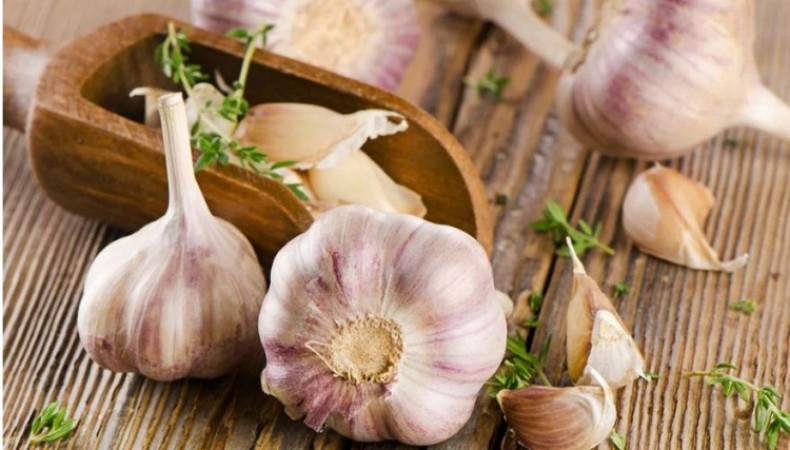
Foot fungus, also known as athlete's foot or tinea pedis, is a common fungal infection that affects the skin of the feet. It can cause discomfort, itching, and even pain. While over-the-counter antifungal creams are readily available, some individuals prefer natural remedies. One such remedy is garlic, which has been used for centuries for its antifungal properties. In this article, we will explore how garlic can be used to treat foot fungus effectively.
The Antifungal Power of Garlic
Garlic (Allium sativum) is well-known for its culinary uses, but it also possesses potent medicinal properties. Allicin, a compound found in garlic, is the key to its antifungal and antibacterial abilities. Allicin works by disrupting the cell membranes of fungi and inhibiting their growth. This makes garlic an effective natural remedy for combating foot fungus.
How to Use Garlic for Foot Fungus
Garlic Paste:
Crush a few cloves of fresh garlic to extract the juice.
Mix the garlic juice with an equal amount of olive oil or coconut oil to avoid skin irritation.
Apply the garlic paste directly to the affected areas of your feet.
Leave it on for 20-30 minutes, then rinse with warm water.
Repeat this process twice a day until the infection clears up.
Garlic Foot Soak:
Crush 5-6 garlic cloves and add them to a basin of warm water.
Soak your feet in the garlic-infused water for 15-20 minutes.
Pat your feet dry and apply a moisturizer to prevent skin dryness.
Repeat the foot soak daily until the fungus disappears.
Garlic Oil:
Make garlic-infused oil by heating a few cloves of crushed garlic in olive oil or coconut oil.
Let the mixture cool and strain it to remove any solid garlic pieces.
Apply the garlic oil to the affected areas of your feet.
Leave it on for at least 30 minutes before rinsing.
Repeat this treatment once a day.
Precautions:
Perform a patch test before applying garlic remedies to ensure you don't have an allergic reaction.
Avoid using garlic on broken or irritated skin, as it can cause burning or further irritation.
If you experience any discomfort or worsening of symptoms, discontinue use and consult a healthcare professional.
Additional Tips:
Keep your feet clean and dry to prevent the recurrence of foot fungus.
Use clean socks and shoes, and consider wearing breathable footwear.
Practice good foot hygiene, including trimming your toenails regularly.
Avoid walking barefoot in public places to reduce the risk of reinfection.
Garlic's natural antifungal properties make it a promising remedy for treating foot fungus. While it may take time to see results, consistent application of garlic-based treatments can help alleviate the discomfort and symptoms associated with foot fungus. However, if your condition persists or worsens, it's essential to consult a healthcare provider for proper diagnosis and treatment. Garlic should be considered as a complementary approach alongside conventional medical treatments for foot fungus.
Try These Top Yoga Asanas to Help Control Cholesterol Levels
Avoid these food items in young age, otherwise kidney disease will occur before old age